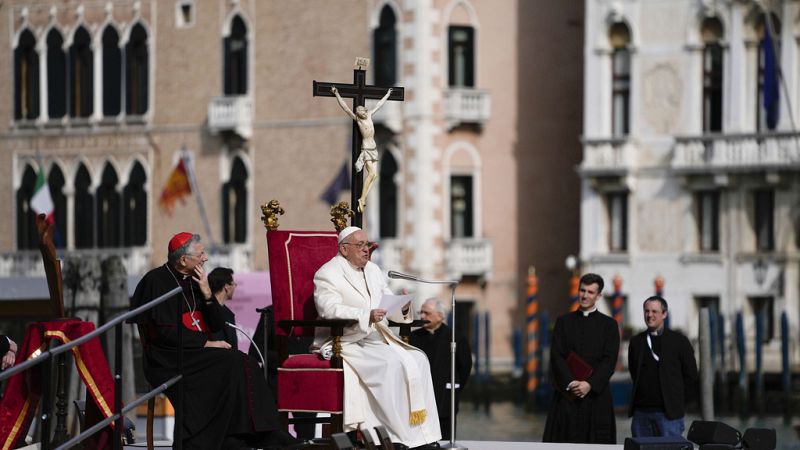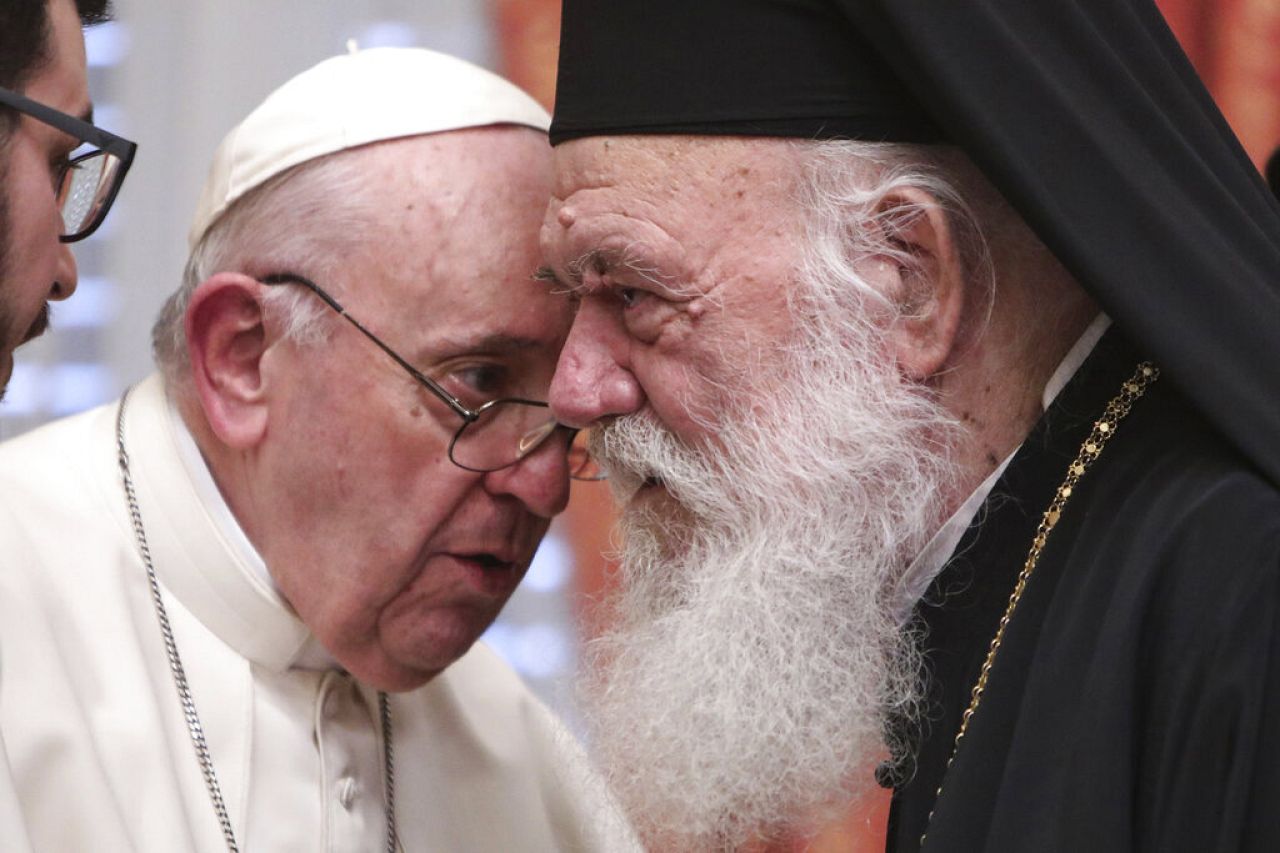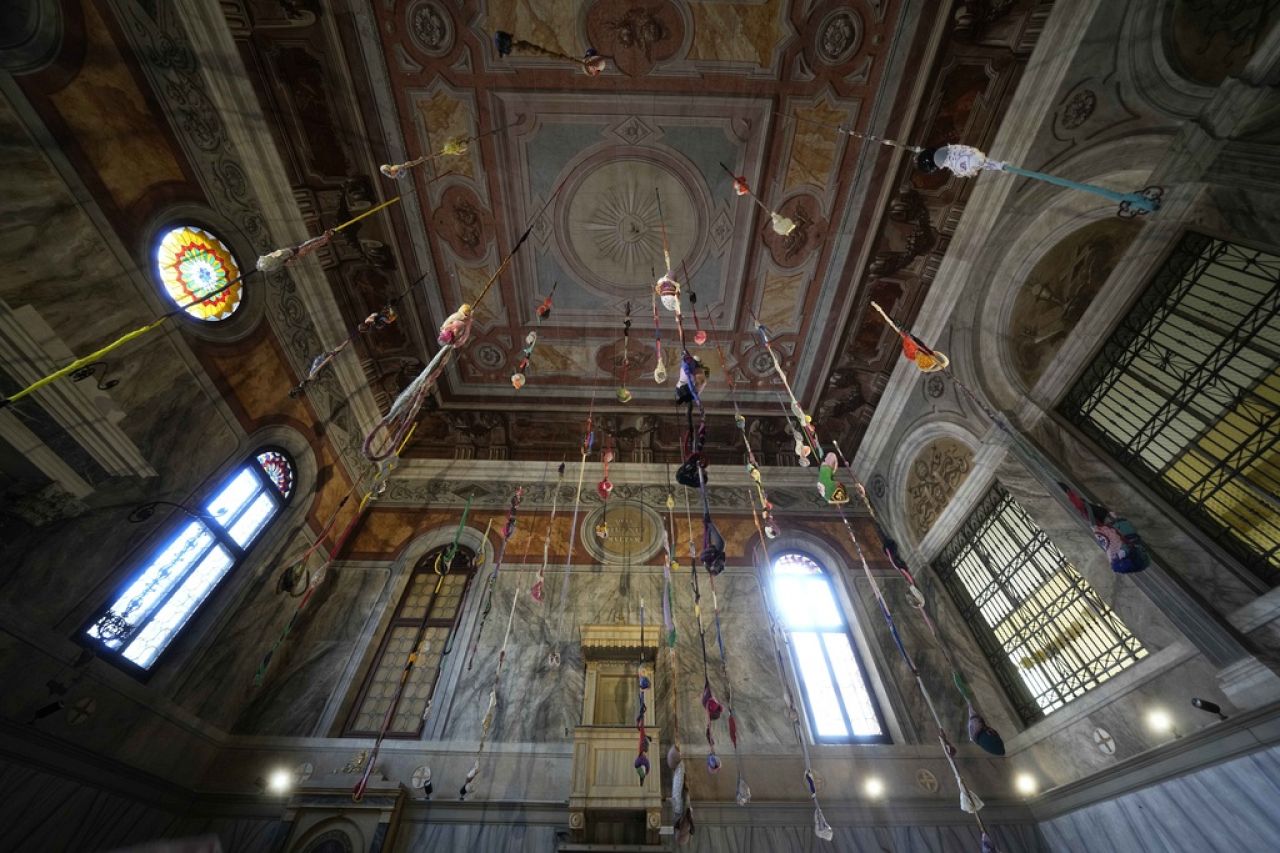
When Pope Francis died on Easter Monday at the age of 88, headlines understandably focused on his role as a global spiritual leader. As the proprietor in trust of the Vatican's library and art collections, his cultural legacy — especially in the arts — was also significant.
He was the first pontiff to visit the Venice Biennale, the world’s most prestigious contemporary art exhibition. He also opened a gallery for contemporary art inside the Vatican Library, made high-profile statements on cultural restitution, and repeatedly invoked the power of creativity to forge human connection.
Francis saw artists, in his own words, as architects of a better future: “I beg you, dear artists, to imagine cities that do not yet exist on the maps: cities where no human being is considered a stranger.”

His views on art were deeply shaped by the saint whose name he adopted. Like St Francis of Assisi — who appears frequently in Renaissance painting, preaching to birds or receiving the stigmata — Pope Francis was drawn to nature, poverty, and pastoral simplicity. His 2015 encyclical on climate change, Laudato Si’, took its name from St Francis’s Canticle of the Creatures, and cited Giotto’s frescoes in Assisi as inspiration.
But for all his spiritual leanings, Francis didn’t keep art in the realm of the abstract. In 2023, he returned three fragments of the Parthenon sculptures to Greece, saying bluntly: “The Seventh Commandment comes to mind: If you steal something you have to give it back.” He continued, “In the case where you can return things, where it’s necessary to make a gesture, better to do it. [...] So you don’t get used to putting your hands in someone else’s pockets.”
The restitution was framed as a “donation” to the Orthodox Church of Greece and timed with his efforts to deepen ecumenical relations. During a 2021 visit to the Parthenon, Francis said: “History makes its weight felt, and here, today, I feel the need to ask anew for the forgiveness of God and of our brothers and sisters for the mistakes committed by many Catholics.”

Furthermore, Francis extolled the power of art — and artists themselves — in societal transformation. In Venice in 2024, he arrived at a women’s prison on Giudecca island, where the Holy See Pavilion had been set up as part of the Biennale. Some works on display were created with inmates. In his remarks, Francis cited Corita Kent, Frida Kahlo and Louise Bourgeois as artists who had “something important to teach us,” and praised the transformative power of creativity: “The world needs artists. This is demonstrated by the multitude of people of all ages who frequent art venues and events.”
That year's Biennale, themed Foreigners Everywhere, had a particular focus on marginalised voices. The pope’s visit, said the Biennale organisers, was an “extraordinary gesture of closeness” and reflected “the building of a culture of encounter”.

Beyond the Biennale, he personally authorised major art restoration projects and continued the acquisition of contemporary works—a tradition that dates back to Pope Paul VI. The Vatican’s collections now include works by Chagall, Picasso, Dalí and Matisse, alongside biblical interpretations by more recent artists like Studio Azzurro and Richard Long.
In 2023, the National Gallery in London staged the first UK exhibition dedicated to St Francis. The pope sent a message, describing the saint as “the beloved minstrel of God.” That show blended historic works by Botticelli and El Greco with modern interpretations by artists like Antony Gormley.
The gallery’s director Gabriele Finaldi noted that St Francis appeals “for Christians and non-Christians alike, for utopians and revolutionaries, for animal lovers and for those who work for causes of human solidarity.”

Still, Francis’ cultural tenure was not without criticism. In 2024, nearly 50 Vatican Museum workers filed a class-action complaint against the administration, alleging poor working conditions and unsafe practices. The petition described employees as being treated like “commodities” and called for better transparency and basic labour protections.
The case remains ongoing, but it undercut the Vatican’s image as a moral steward of world heritage.
Whether viewed as sincere or strategic, his approach brought the Vatican into fresh dialogue with the contemporary world, from the Giudecca prison to the halls of London's National Gallery.







